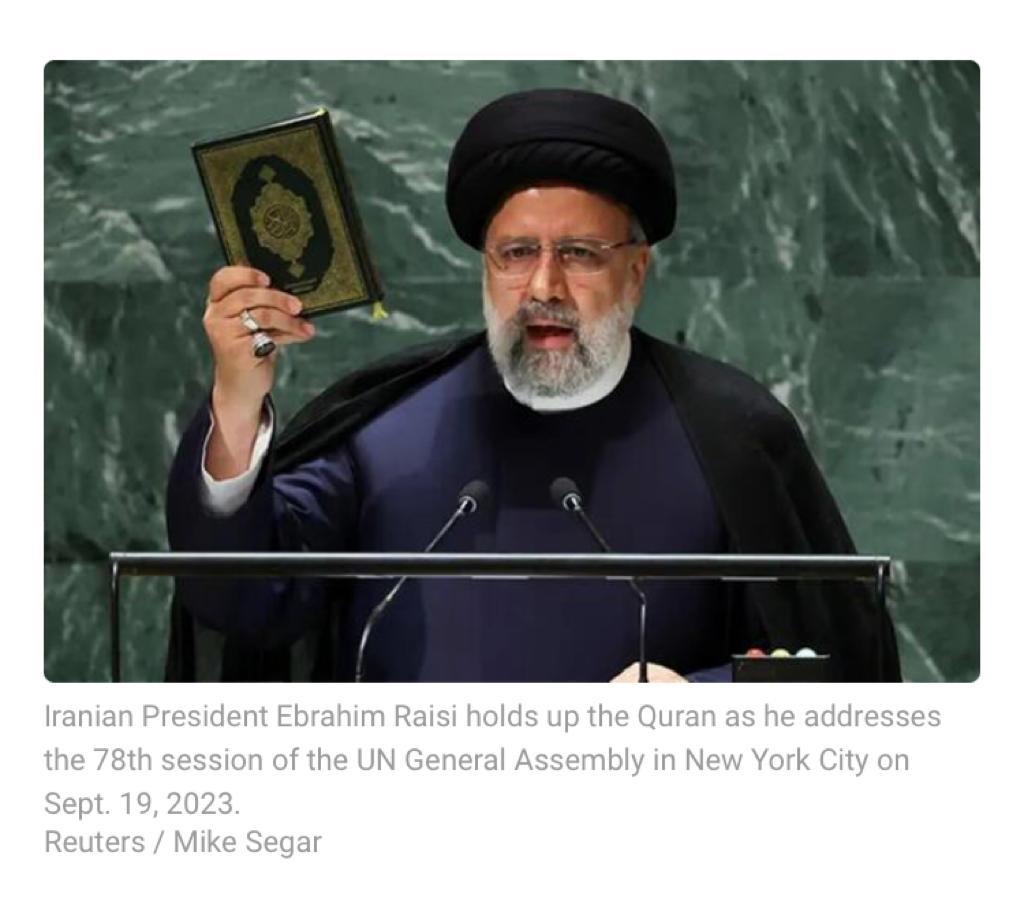Now hear this – BREAKING NEWS


Death of president in helicopter crash comes as Iran already faces huge challenges
The death of the Iranian president, Ebrahim Raisi , in a helicopter crash comes at a time when the country, faced by unprecedented external challenges, was already bracing itself for a change in regime with the expected demise in the next few years of its 85-year-old supreme leader, Ayatollah Ali Khamenei.
In the country’s hydra-headed leadership where power is spread in often opaque ways between clerics, politicians and army, it is the supreme leader, and not the president, that is ultimately decisive.
Indeed, in some ways the posts of president, and prime minister – originally based on a model of the French constitution – became overwhelmed in the drafting of Iran’s constitution in 1979, leading to advocates of a more powerful presidency to claim the role was being subsumed in a form of autocracy created in the name of religion.
The presidency, however loyal to the supreme leader – and Raisi was considered very loyal to Khamenei – is often cast in the role as a useful scapegoat helping the supreme leader to avoid criticism. That certainly became the fate of Raisi’s predecessor, Hassan Rouhani, who became a punchbag for decisions taken elsewhere.
In recent months Raisi, elected president in 2021 but in practice handpicked by the supreme leader, had been mentioned as a possible successor to Khamenei. His death instead clears a thorny path for Khamenei’s son, Mojtaba Khamenei.
The choice is made by an 88-strong “assembly of experts”, and Raisi’s departure certainly increases the chances of a hereditary succession in Iran, something many clerics oppose as alien to Iran’s revolutionary principles.








